Klaas Kuiken
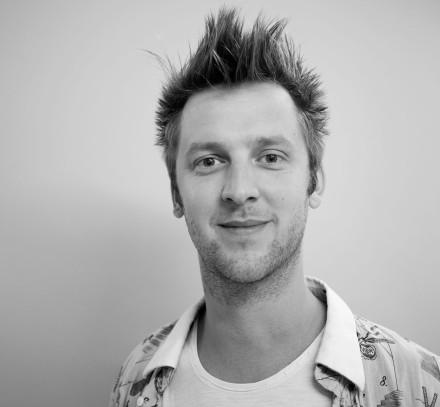

Project
Bottles Collection,
Are there any irregularities in mass production?
How simple mass-produced bottles of green glass can become unique objects? Klaas Kuiken was intrigued by the question whether mass-produced items can show some kind of irregularities. It appeared to be the case with these bottles and Klaas turned their 'flaws' into something beautiful, re-forming them by using his own technique of glass-blowing.
"The thickness of the glass was found to be different each time he cut one in half"
Despite being mass-produced, Klaas discovered irregularities in the green glass bottles. The thickness of the glass was found to be different each time he cut one in half. In order to emphasize those differences, Klaas built his own glass-blowing installation consisting a modified oven and a compressor.
By first heating the bottles in the oven and then gently blowing some air in with the compressor, the glass bulges more on the thinner spots and less where it's thicker. This is how the bottles get their new, unique shape. Through a lot of experimenting with heat and pressure differences (and countless explosions and cracked bottles later), Klaas finally mastered the technique of creating a coherent family of individually shaped green bottles
"The glass bulges more on the thinner spots and less where it's thicker"
The Bottles Collection consists of no less than 17 different models, all equally good-looking. They are available in our online shop, where you can peek at each and every one of them. That's going to be a tough decision!
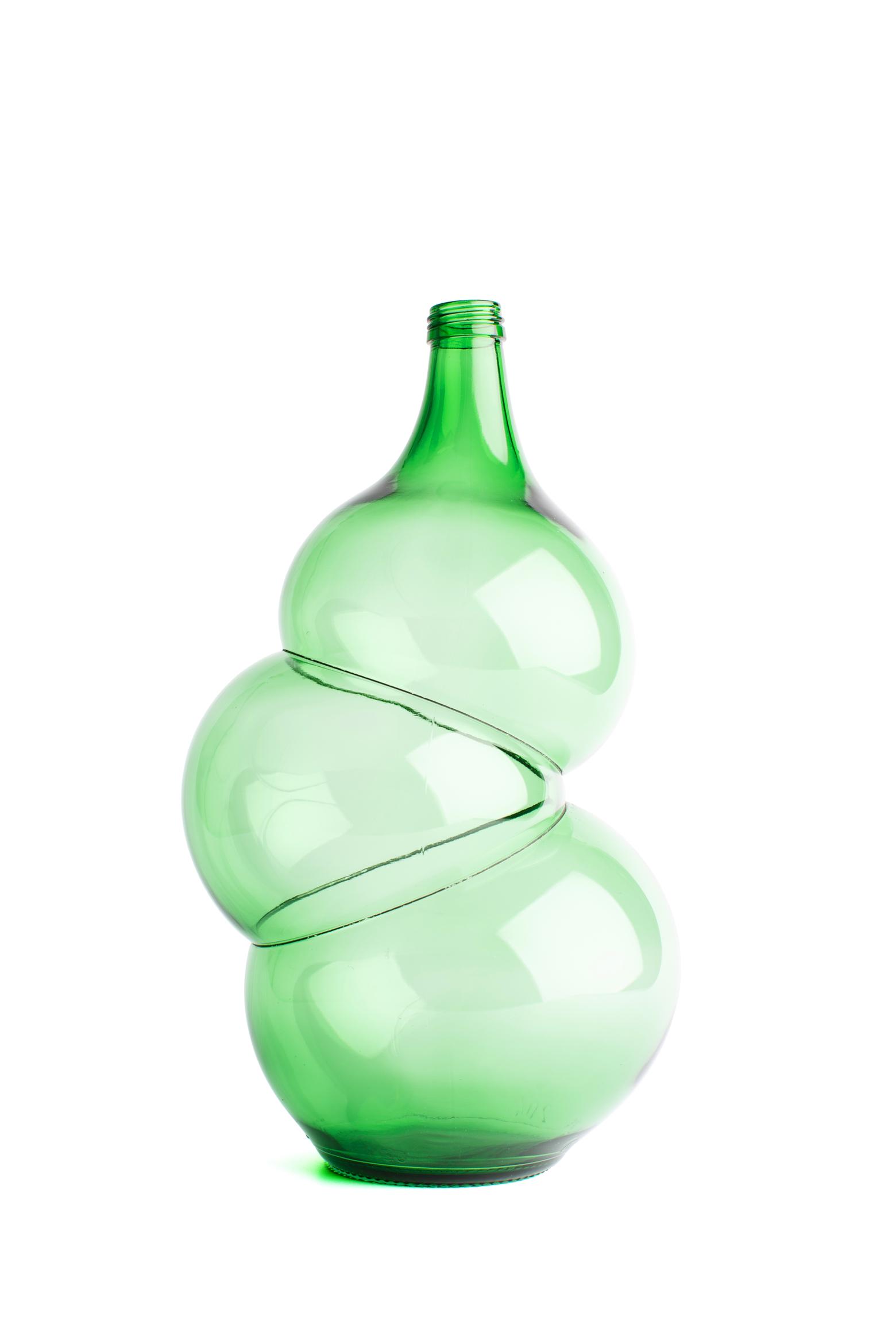

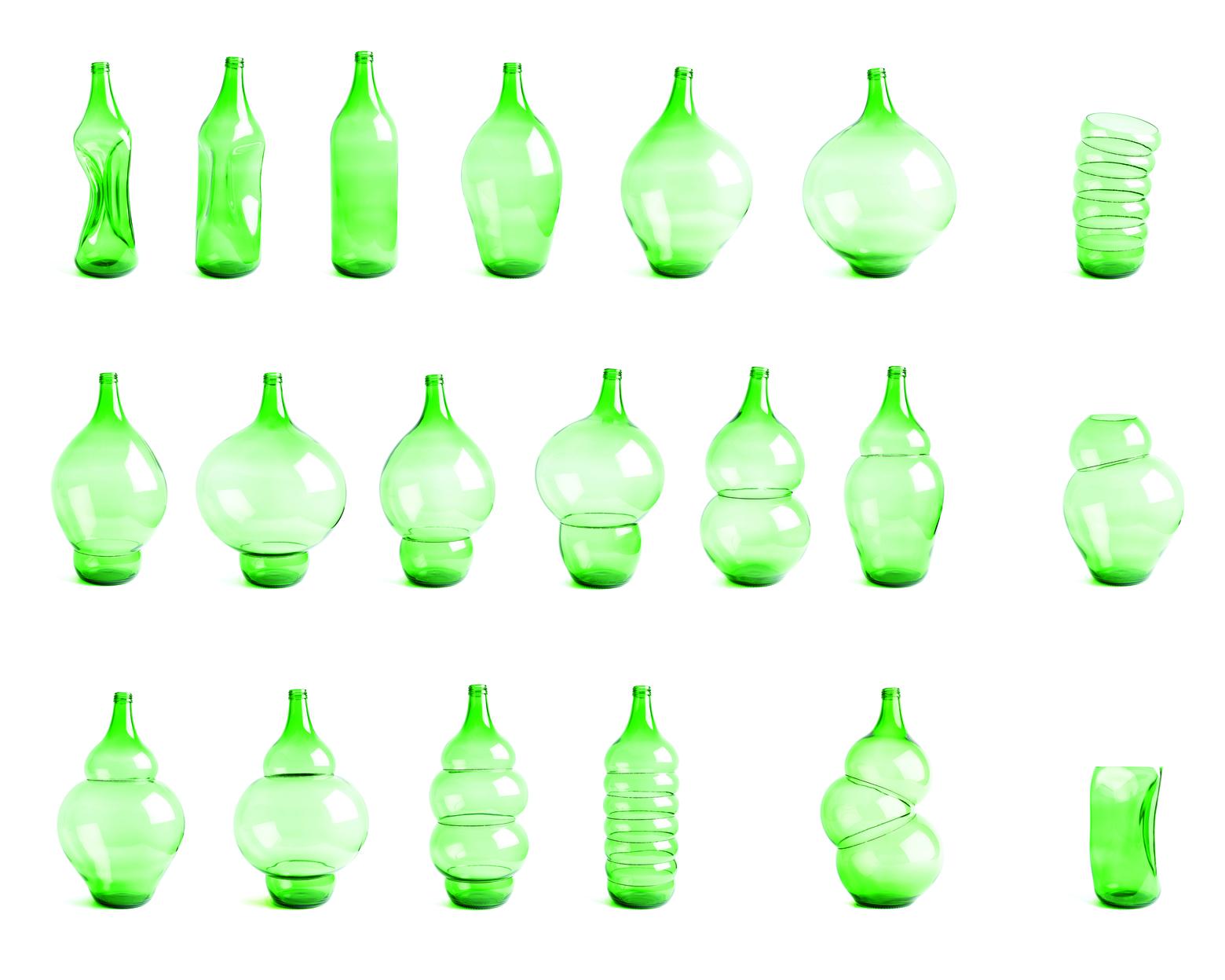

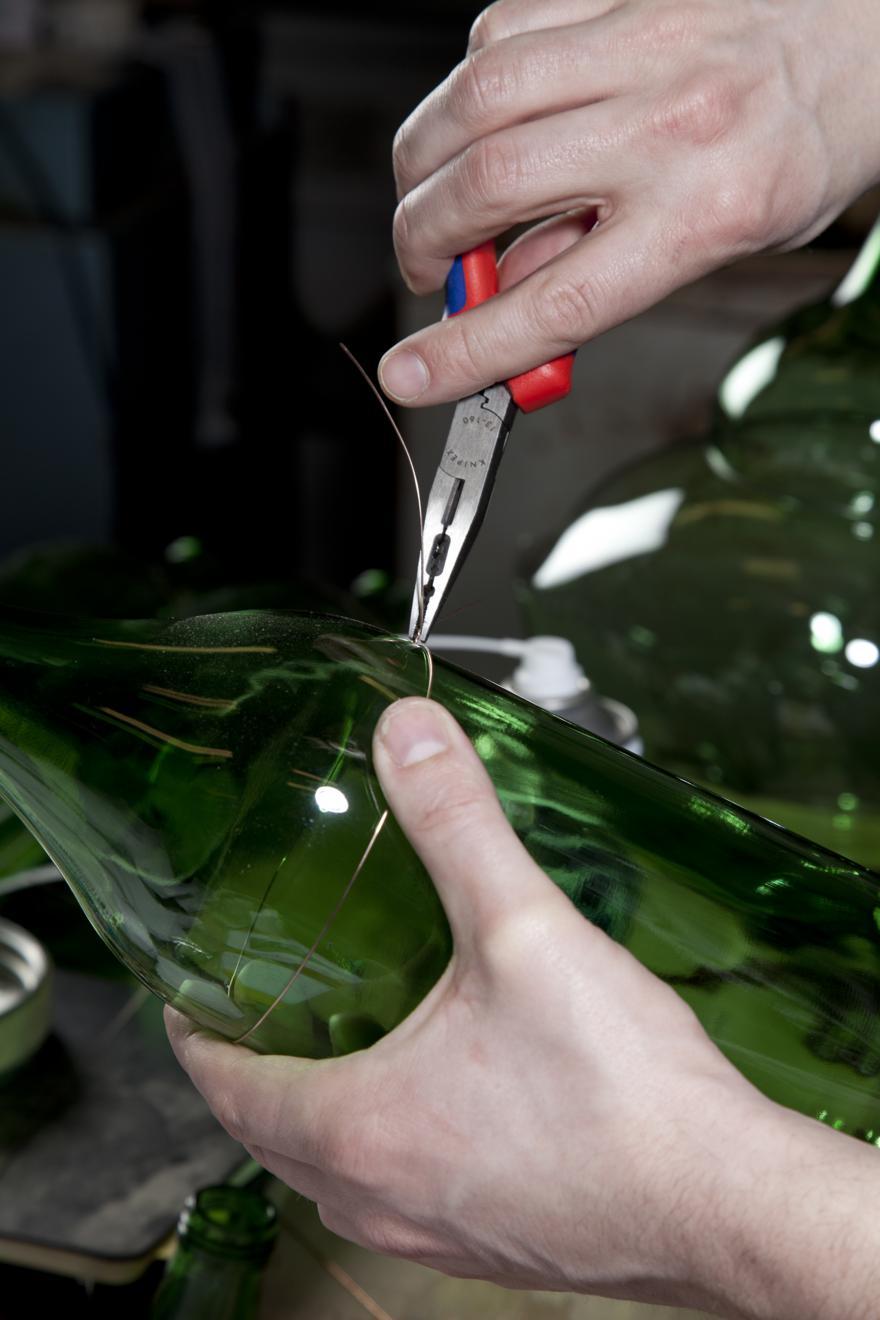

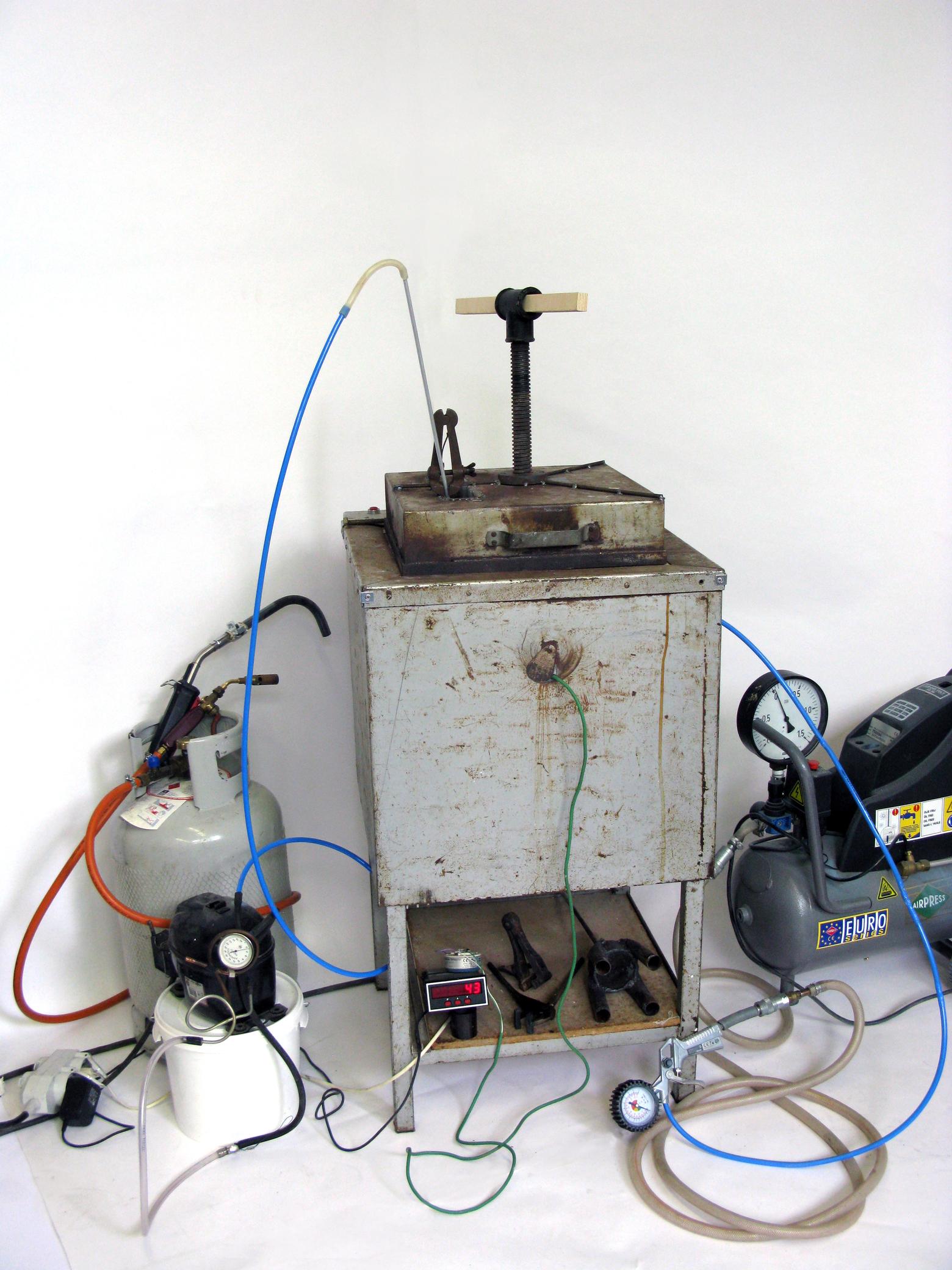

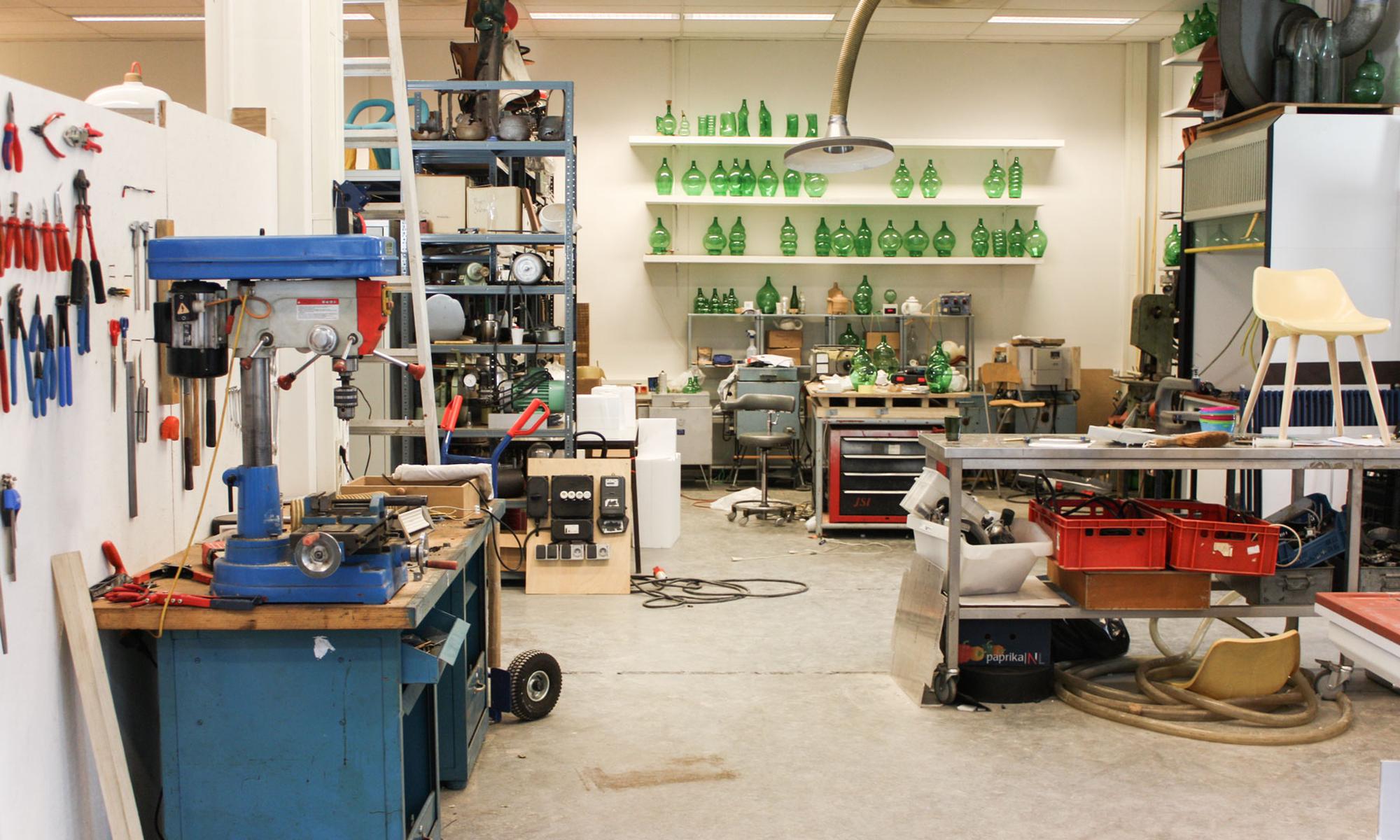

Over
Klaas Kuiken's products and designs arise from a fascination with the creative process and its influence on the final result. Even though Klaas is clearly a product designer, when busy in his workshop he's more like a skilled craftsman and curious inventor. It will come of no surprise that the Discovery Channel TV show 'How it's made' is one of Klaas' biggest sources of inspiration. This program sparked a fascination for mass production and the question 'what is the influence of mass production in relation to the identity of products?' became a central theme in his work.
Is it possible to use the production process of bulk products for the creation of deviating products as well? To what extent is the identity of a product influenced or determined by its manufacturing process? Klaas loves to explore how the two worlds of craftsmanship and (mass) production can be brought together. As a result, Klaas Kuiken's designs show a mix of unique features and standardization merged into a single product. His outlook on materials, manufacturing techniques and production processes is refreshing, surprising and charming at the same time.